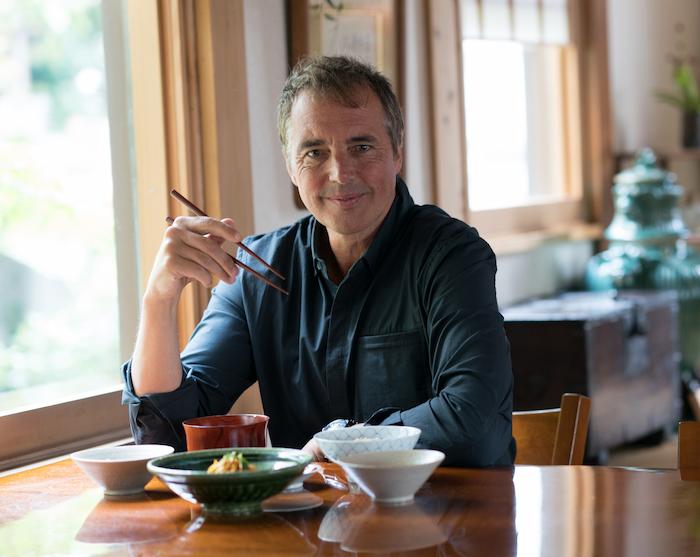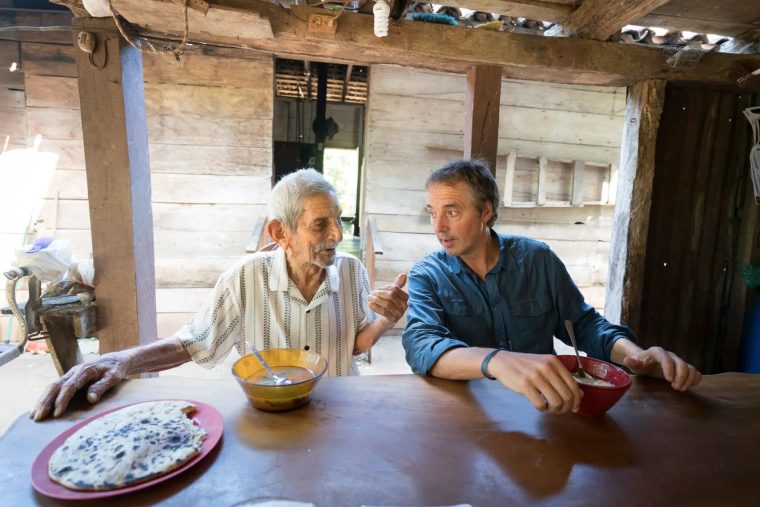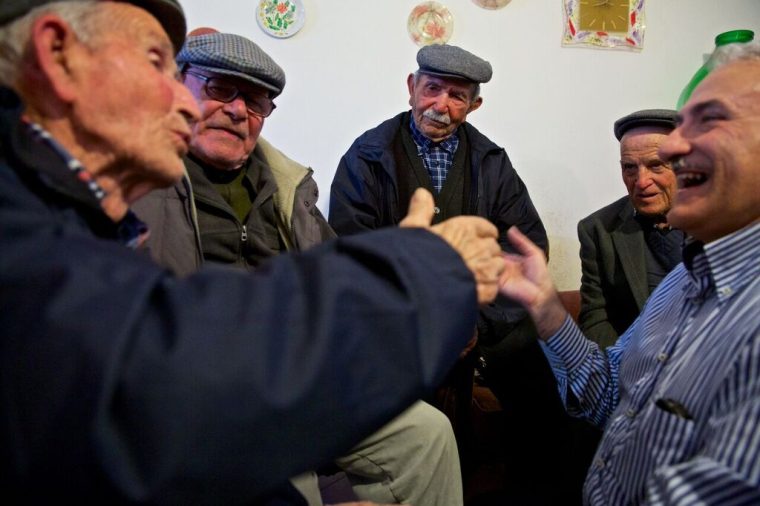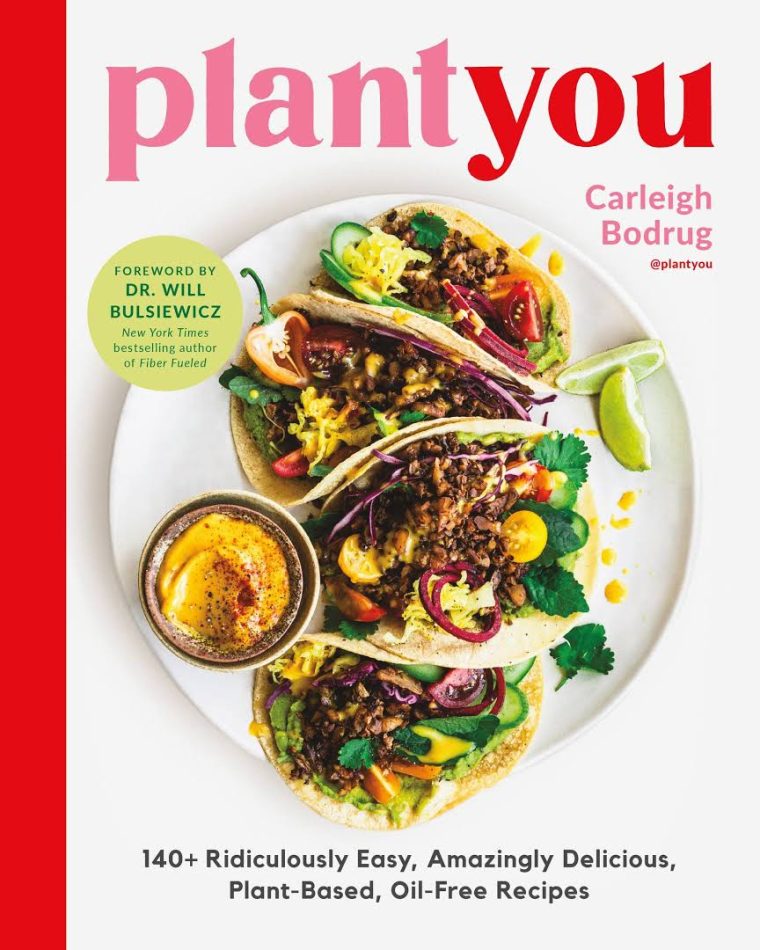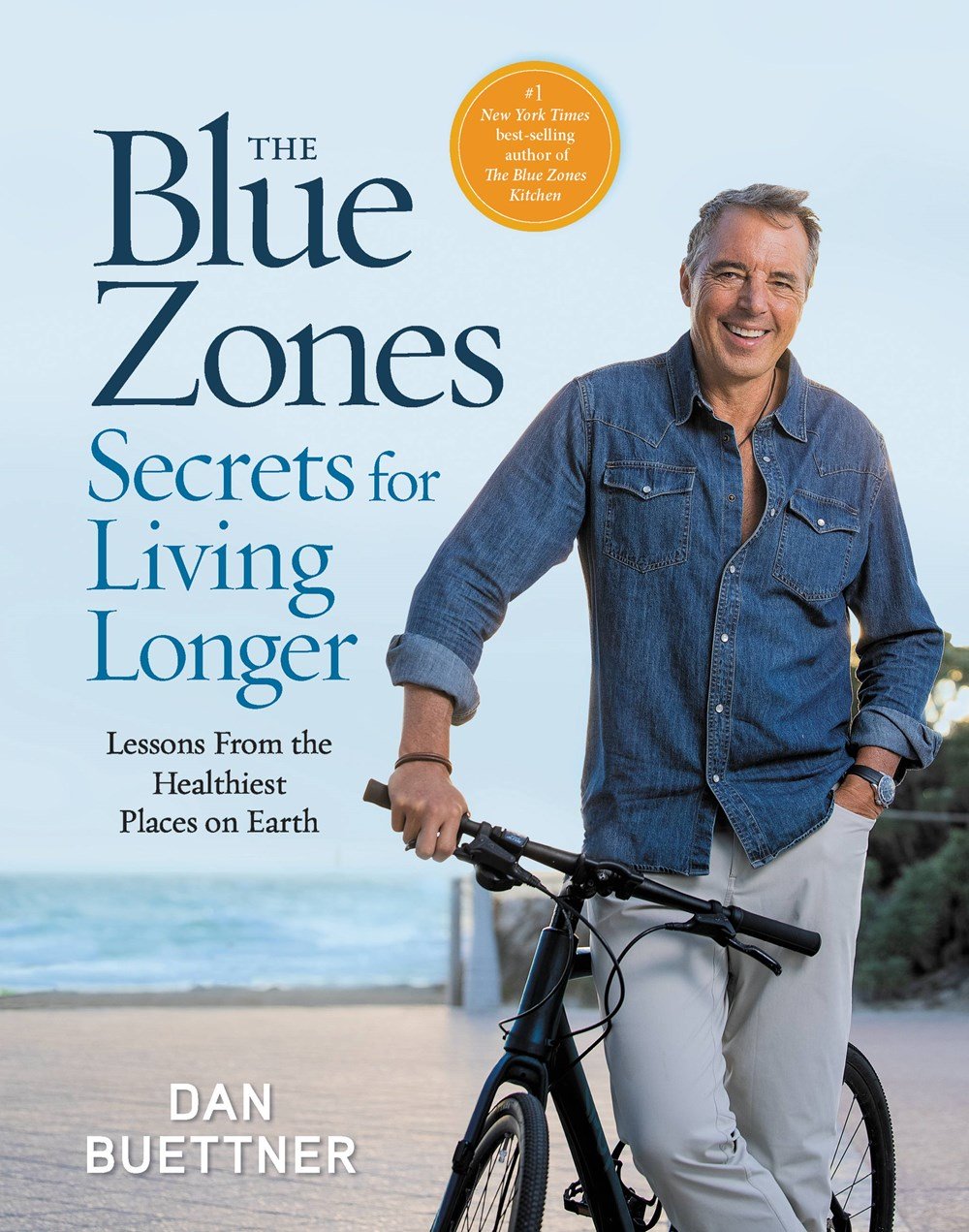One of the biggest misconceptions I encounter about healthy eating is the idea that it requires a lot more effort. I’m pleased to tell you that’s more false than true.
I think people fall under the impression that health-food folks deliberately do everything the hard way… and there’s absolutely no reason this has to be true.
Health-food folks are also regular people with jobs and lives; they’re people who value their time (sometimes very greatly) and therefore value good compromises between speed, nutrition, ease, and cost like everyone else.
They’re also people who look for simple, effective inspirations. They’re not trying to reinvent the wheel; they browse recipes and blogs and Reddit threads with an eye open for tried-and-true ideas. Again, just like everyone else.
So with today’s main articles, I want to persuade you of two things: that we can greatly enhance our (ice-cold) beverages without having to complicate them much, and that we can do ourselves some massive favors by adding one simple executive chore to our routines.
But first…

Dive into the blue zones in my latest book, out on shelves now: The Blue Zones: Secrets for Living Longer. I’ve written it as both an intro to the blue zones and a guidebook for adding 10 years to your life, no matter where you are in the world.

And it’s on sale for 35% off on Amazon right now! Claim your copy here.
In it, you’ll find…
- Updates on all 5 original blue zones: Sardinia, Italy; Ikaria, Greece; Okinawa, Japan; Costa Rica’s Nicoya Peninsula; and Loma Linda, California
- The secrets of Blue Zones 2.0: Singapore (an engineered blue zone, shaped by their environment so the healthy choice was not only easy, but in some cases unavoidable)
- Dozens of new insights from revisiting the super agers living in the blue zones
- Some of my favorite recipes and photos
And that’s all well and good… but those aren’t the reasons you’ll love the book. Not really.
I believe that people, if they’re willing to read a book at all, should be rewarded for their efforts. So I’ve designed the book to reward yours.
The best thing that this book is? It’s a step-by-step guidebook for adding ten years to your life!
Get it here or wherever books are sold!

Habits are all the rage these days, but I won’t lecture you about why they’re important or exactly which ones you should establish first. Instead, I’ll just focus for a moment on one of the most interesting findings about habits: research has shown that people are more successful at establishing new habits around the time that they go on vacation.
Is this because they’re rested and refreshed? Maybe a little bit, sure.
But the bigger reason that vacations can help improve your habits: they’re a break in pattern. Even if you’re only gone for a week, that can be long enough to see things with fresh eyes and set a new course for yourself.
The only problem: a vacation is a very costly way to reset your habits. If you were taking one anyway, that’s a great side benefit to keep in mind—but if (like most people) your next vacation isn’t anytime soon, you might wonder how to create a break in pattern while staying at home.
My answer: the 7-Day Longevity Reset. It’s a 7-day on-demand program for learning how to eat like the world’s healthiest and longest-lived people, one little habit at a time. It’s designed to teach you the essentials in ways that are easy and appealing to you, and all in just a week’s simple daily lessons.
“The Longevity Reset is an excellent tool to help you get started on, or get back on track with your health plan. For me, it always seems to be about getting back on track. The Reset is easy, inexpensive and motivating. I know I am getting up-to-date, reliable information I can trust.”
— Kevin
Lifetime access to the Reset is just $11 and, though it’s designed to give you everything you need in 7 days, you can return as often as you like. Have a look here and join me for the best culinary summer camp you’ll ever find from home!

Let’s return to the beverage discussion I started last time.
As I said in Edition 25, I want to revisit three well-treaded healthy beverage types (coffee, tea, and water) with specific attention to their ice-cold variants.
Last time, I told you what I’d want you to know about iced coffee. This time, we’re covering tea and water options in one quick swoop—but before we even get there…
GENERAL PRO TIP ? If you want to get any (non-carbonated) drink really cold really fast, a large cocktail shaker is your new best friend. By shaking a beverage with ice, you’re accomplishing several things at once. Aside from thoroughly mixing the ingredients, you’re also “dispersing the cold” a heck of a lot faster than ice floating at the top of a glass—and as a nifty bonus, a cocktail shaker makes it easy to remove that ice once the drink is cold. Just pour the drink through the strainer so that the ice stays behind!
Other than that oddly specific pro tip, today’s suggestions are fairly simple; it’s just different ways of mixing up tea and water, both literally and figuratively. We don’t need to make that complicated!
WATER ?
Hydration is important enough that maintaining a water habit can be worth a few tiny nutritional sacrifices. For example: I don’t love artificial additives like Mio, but if I had to choose between “not drinking enough water” or “drinking enough water thanks to Mio,” I’d almost certainly choose the latter. Still way better than soda pop!
Having already mentioned my least-favorite water additive, on to some better ones:
Fruit Juice. The usual suggestion would be lemon juice (or perhaps lime juice if you don’t like the tartness), though it’s largely up to you.
Fruit. One of my favorites in this category could be dubbed “spa water”—the water with the cucumber slices and citrus fruit floating in it—and the fact that it’s infused with the actual fruit helps to give it a fuller flavor.
Don’t feel like getting a pitcher together? They sell infuser bottles with a little compartment at the bottom for sticking your fruit and letting the water soak up its flavors.
Electrolyte Options. If you need an electrolyte boost and you prefer that water have some kind of flavor to it, there are a bunch of little “packet” options nowadays. It’s important that you do your homework with something like this—don’t overdo it on sodium or sugar, for instance—but regardless, it’s an opportunity to help yourself drink more water AND potentially get more out of that water.
And finally, we come to…
TEA ?
Like coffee, you can also cold-brew a lot of teas in similar fashion to coffee—and yet, more so than coffee, some teas are particularly smooth and refreshing when served cold regardless of their brew temperature.
Before going further, let me be clear about one thing. American sweet tea—particularly Southern American sweet tea—is not the kind of thing you should be drinking all day. For sugar purposes, it’s often just as bad as soda pop. (Unsweetened tea doesn’t have that issue, of course.)
Beyond that, your choice of tea type is a matter of personal taste. Try a bunch to find out what you like!
A few general notes in case you weren’t already a tea aficionado:
- As a general rule—not always, but usually—a tea has more caffeine the darker its color. You shouldn’t blindly assume this of every tea you drink, but it’s helpful to know if you’re caffeine-sensitive.
- Green tea can be a category unto itself, but if you don’t already like it, consider giving it another try! Once chilled and mixed with a little fruit (like a citrus), it can be smooth and refreshing in a really unique way.
- Tea doesn’t always have to be made with tea leaves per se! One of my favorite “teas” is just spearmint leaves steeped in hot water; it’s especially lovely if you’re under the weather and add a bit of honey. You can make this tea super-fresh if you grow mint at home (which tends to be easy because it grows voraciously). I’ve honestly never tried a chilled version of this… but doesn’t “cold mint water” sound like a lovely salve for a late summer’s day?

People living in blue zones aren’t actively trying to cultivate habits for long life. Their environments are set up in ways that naturally support healthy behaviors. In this section of Eating to 100, I will share one simple habit you can incorporate into your life. Do it long enough, it becomes part of how you live. Build up enough of these habits, you’ll likely add years to your life and life to your years.
Today’s Habit for a Lifetime breaks the mold a little bit because, unlike so many other habits I discuss, there’s a sense in which this advice is somewhat contrary to certain blue-zone practices (and I’ll get to that).
I’m sharing it anyway because I know that this habit can be tremendously practical and helpful (and healthy!) for the kinds of lives most of us lead.
Today’s big habit? Meal planning. ?
For today, I’ll just start by dignifying the topic and telling you why meal planning is something you probably want to do… whether or not you’ve realized it yet.
If that sounds presumptuous, a key clarification: pretty much nobody enjoys meal planning in and of itself. Simply put, it’s a chore. Still, like any other chore, we do it NOT because it’s a fun way to pass the time, but because we “profit” from it… and in the case of meal planning, those “profits” can be pretty substantial. ?
When I presume that you want to plan meals, it’s because I know you’ll love the benefits. Anyone would! So without further ado, five ways you can win big when you make a meal-planning habit and stick to it:
1️⃣ Bypassing Indecision
If you don’t plan your meals, it’s very typical (and frustrating) to have a late-afternoon period of indecision where you try to figure out what to eat for dinner.
Meanwhile, if you do plan your meals, this issue barely ever crops up at all. What’s for dinner tonight? Just look at the meal plan! You solved this problem days before it could crop up!
Bear in mind, too, that meal planning doesn’t usually require you to stick rigidly to the schedule. If Tuesday afternoon rolls around and Tuesday’s dinner doesn’t sound appetizing anymore, go ahead and swap it for Thursday’s dinner; the meal plan has still served its purpose!
2️⃣ Saving Time
How do you save time by planning meals? Let me count the ways, or at least three of the big ones…
? Skipping the daily “indecision period” (see above). Frustrations aside, this also eats up time that doesn’t have to be spent.
? More time-efficient grocery shopping. By requiring fewer trips to the store and increasing the focus of those trips, meal-planning tends to mean that you don’t need as much shopping time per meal.
BY THE WAY: This is where this Habit for a Lifetime diverges most from blue-zone norms. I can’t speak to their meal planning per se, but blue-zone grocery shopping tends to happen pretty often, in a way that reflects both the freshness of the foods and the logistical and cultural ease of frequent trips to the market. In America, though, where grocery shopping can be a tiresome time-suck, it often does make sense to shop for a whole week’s food at once.
? Ability to prepare things in advance. If you plan meals, you can work ahead of yourself in some really useful ways. You can create a lot of situations where Past You spends a little time and saves Future You a TON of time… and boy does that feel gratifying when you cash in! ?
(Pro tip: your ability to benefit in this way is greatly compounded if you invest in your freezer space. This is the first of many times that I will be weirdly enthusiastic about freezers and their synergies with meal planning.)
You could probably plan a week’s meals in 30 minutes. Compare that to the time saved in the above three ways alone and I’ll bet it’s an amount of time you’d want to have back!
3️⃣ Adding Convenience & Flexibility
I already started to mention this one above, but to expand a bit: just by knowing what meals you have lined up, you can batch and front-load the cooking work in ways that save you time and headaches. Absolutely none of that is possible if you’re shooting dinner from the hip (so to speak).
But here’s the other thing: if you’ve got your meals planned out (and doubly so if you’ve got ample freezer space), you’re better able to adapt when things don’t go according to plan. Just jump to another day’s meal, or pluck something out of the freezer and stick it in the oven.
4️⃣ Saving Money
This reason is no less attractive for taking concise forms, like:
- Planning meals (in a smart way) means you’re likely to waste less food, which doubles as a waste of your money.
- By saving trips to the store, you probably save gas (and therefore money) in addition to saving time and heartache.
- Freezer space can rather literally turn you a profit here. More on that next time.
- By planning meals and having more ingredients on hand, you’re less likely to punt on cooking dinner and eat out instead (which costs more).
5️⃣ Healthier Eating
Speaking of eating out, it’s typically not as good for you as cooking your own dinner at home. You already knew that, but it’s worth pointing out: anything that helps people cook more (and eat out less) tends to help your health!
You can’t plan your meals regularly without becoming more aware of your dietary habits (good and bad) and actively resisting the options you know are unhealthy for you. When we sit down and make a deliberate plan, we’re better at picking the meals that we can feel all-around good about—for health, for taste, for ease of preparation—and isn’t that what we’re all looking for in our food? I think so!

Sardinian Tomato Sauce

Ingredients
1⁄4 cup extra-virgin olive oil
1 large yellow or white onion, diced (about 1 cup)
1 tablespoon minced garlic
2 teaspoons fennel seeds
2 (28-ounce) cans diced seeded plum tomatoes, such as San Marzano tomatoes (about 7 cups)
1 large carrot, peeled and broken in half 1 medium celery stalk, broken in half
1⁄2 cup chopped fresh basil leaves
2 bay leaves
1 teaspoon salt
The Method
- Warm the oil in a Dutch oven or large pot set over medium heat. Add the onion and cook, stirring often, until soft, about 5 minutes. Do not brown.
- Add the garlic and fennel seeds; cook until fragrant, about 20 seconds.
- Add the tomatoes, carrot, celery, basil, bay leaves, and salt. Stir well and bring to a full simmer.
- Reduce the heat to very low, cover, and simmer slowly for 1 hour.
- Remove from the heat and cool for 20 minutes.
- Discard the carrot, celery, and bay leaves.
- Use an immersion blender to puree the sauce in the pot until smooth and velvety. (You can also puree the sauce in a large food processor fitted with the chopping blade, although you’ll probably have to work in two batches to avoid overflow.)
